The violinist on her new recordings of music by Philip Glass, Billy Childs, and Michael Daugherty—and what it means to build trust with the composers who write for her.
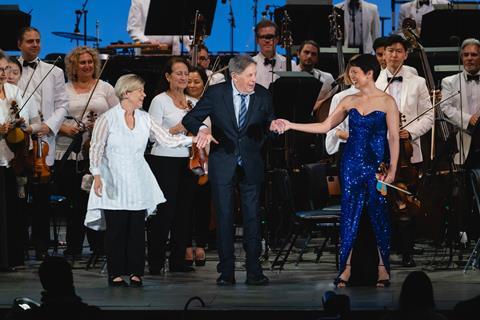
Discover more Featured Stories like this in The Strad Playing Hub
The intrepid American violinist Anne Akiko Meyers has released a remarkable trilogy of recordings this spring, culminating in her latest: an album devoted to Philip Glass that includes his Violin Concerto No. 1 – a work written for Glass’s father – and the world premiere of his New Chaconne, composed for Meyers, alongside Echorus with fellow violinist Aubree Oliverson and the Academy Virtuosi from the Colburn School.
It’s the latest example of Meyers’s deep partnerships with living composers. In May, she presented Beloved (likewise on the Platoon label), a luminous collection of choral and orchestral works centred around In the Arms of the Beloved, a requiem by jazz pianist and composer Billy Childs written in memory of his mother. Meyers recorded the work with the Los Angeles Master Chorale under Grant Gershon, capturing its intimate emotional terrain with her signature radiant intensity. The album also features music by Eric Whitacre and Ola Gjeilo, expanding Meyers’s ongoing exploration of repertoire that bridges spiritual reflection and expressive clarity.
Blue Electra appeared in April on Naxos, highlighting the world premiere recording of the highly acclaimed violin concerto of that name by Michael Daugherty inspired by the life and legend of aviator Amelia Earhart. Another Meyers commission, Blue Electra traces Earhart’s myth-enshrouded journey through a multifaceted and cinematic narrative that gives full vent to Meyers’s expressive range, dramatic instincts and flair for vivid musical storytelling.
In this conversation, Meyers reflects on the emotional scope of these projects, the trust and risk involved in bringing new music to life and how collaborating with composers continues to shape her identity as both violinist and storyteller.
You’ve now recorded Glass’s Violin Concerto No. 1 with Gustavo Dudamel and the Los Angeles Philharmonic and premiered a brand-new work by him. How did your conversations with Glass shape New Chaconne? What was your initial reaction to receiving the score?
Anne Akiko Meyers: Recording the violin concerto with Gustavo and the LA Phil was a total dream come true. I first performed the Glass with LA Phil at The Hollywood Bowl and reuniting for the recording was incredibly inspiring. The New Chaconne is a piece for violin and bass line, inspired by our meeting in New York. It reflects the spirit of joyful beginnings, unfolding like the telling of a beautiful story – one with a slightly mysterious ending that repeats and shifts, open to interpretation depending on the performer’s mood. Philip sent the score after our meeting and I instantly fell in love with it.
You’ve made Glass’s iconic Violin Concerto No. 1 very much a piece of your own. How do you approach pacing and phrasing in a work where repetition and subtle variation are so central to the structure?
Anne Akiko Meyers: Philip’s music is soulful and meditative, demanding a natural sense of flow and sensitivity to subtle nuances. Like Mozart, it calls for fluid phrasing, breath, singing through the instrument. Philip himself expressed that he values the performer’s perspective over strict adherence to a fixed blueprint and I find his music remarkably flexible, offering space to interpret freely within its structure. With all music, I seek freedom within the form – opportunities to shape something personal, creating a story with different strokes and shades of colour.
What was it like to prepare Echorus with a younger colleague like Aubree Oliverson – and how does your role shift in a duet setting like that?
Anne Akiko Meyers: It was a joy to record with Aubree Oliverson, a violinist who attended The Colburn School and now has a blossoming solo career. She brings her A-game to everything she does, with open ears and heart, and playing together is like a beautiful conversation between friends.
Both your new Philip Glass album and Beloved feel deeply personal – not just in subject matter, but in how they reflect your artistic voice. Do you see them as extensions of your identity as a violinist and storyteller?
Anne Akiko Meyers: Working with living composers deeply inspires me and I am so grateful to them for creating new sound worlds and repertoire for the violin literature. Audiences really connect to music written by living composers and appreciate authentic storytelling in the works I have commissioned and premiered. Beloved is especially personal because I have performed with Billy for many years and he is a dear friend.
In the Arms of the Beloved carries profound emotional weight as a personal requiem for Billy Childs’s mother. What was it like embodying such an intimate voice through your violin?
Anne Akiko Meyers: Billy looked to Rumi for inspiration and I looked to Billy for illumination. Seeing pictures of Billy’s mother, hearing stories about them and his profound love for her, helped me tap into the emotional content. The Los Angeles Master Chorale, Grant Gershon and the other musicians on this recording, made this experience come together beautifully.
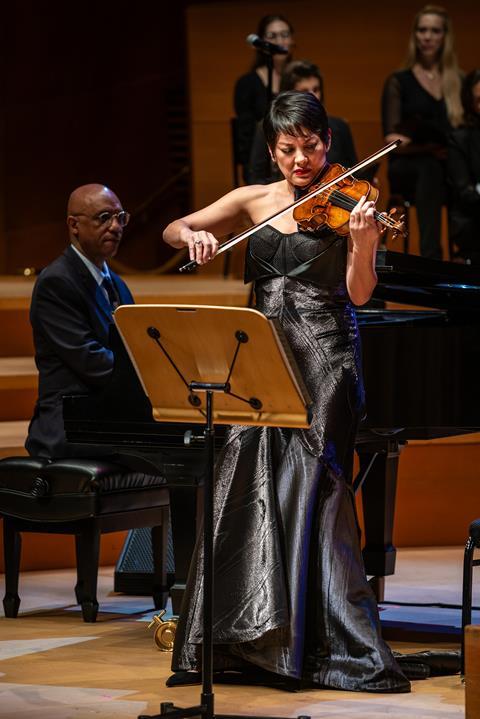
The collaboration with the Los Angeles Master Chorale and Grant Gershon feels like a meeting of musical worlds. You’ve also recorded with them on your 2023 album Mysterium. How does that choral dimension influence your approach as a soloist?
Anne Akiko Meyers: I first worked with Grant when I was twelve years old and he was a pianist for my violin lessons with Alice Schoenfeld. I have really enjoyed collaborating with him and the Master Chorale in recent years. The Master Chorale has a transcendent sound that is powerful, primal and yet floats, as if on a cloud. It’s one of the greatest choirs in the world. I found much inspiration premiering and recording the Requiem and works by Eric Whitacre, Ola Gjeilo, Morten Lauridsen and Bach.
You also have a third major new release this spring: the world premiere recording of Blue Electra, a violin concerto American composer Michael Daugherty wrote for you, which is inspired by the life and legend of Amelia Earhart. How did you approach embodying such a vivid historical figure through sound – did the music challenge you to think differently about storytelling as a soloist?
Anne Akiko Meyers: Amelia Earhart was such a pioneer. She wrote poetry, flew airplanes, advocated for women’s rights, taught at Purdue University. It was fascinating researching her and I feel her spirit soar throughout Michael’s riveting concerto.
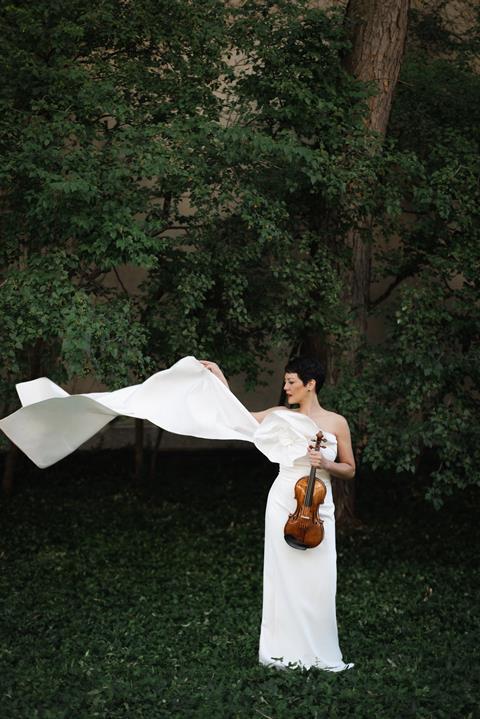
You’ve described these recent recordings as particularly close to your heart. What draws you to music with that kind of emotional resonance, and how do you balance that with the technical demands of bringing it to life on the violin?
Anne Akiko Meyers: Being able to directly communicate with the composers is incredibly valuable and helpful. During the pandemic, when I was learning Arturo Márquez’s epic Fandango, we had many Zoom sessions to help navigate the many technical demands of that concerto. Learning a new work can be like training for a triathlon. The more you train, the more you can motivate yourself to seek bigger challenges. It is empowering when you can reach a level that you thought was impossible.
There’s a remarkable sense of trust in these projects – from composers writing for you to your own role in shaping the sound. What does that collaborative intimacy mean to you as a violinist?
Anne Akiko Meyers: There’s always an element of risk in creative work, and I think that’s part of what keeps it exciting and meaningful. For me, the trust involved in these collaborations is deeply personal and essential. Many of the composers I have worked with have become lifetime friends. When a composer writes for me, it’s a gift – an invitation into their inner world – and I feel a strong responsibility to honor that while also bringing my own voice to the process. I treasure the dialogue that unfolds, the mutual openness, the ability to imagine something new and different. It’s in that space of trust and curiosity that the most compelling music can emerge – something neither of us could have created alone.
From the Latin Grammy-winning Fandango to these more contemplative recent projects, you’ve explored a wide expressive spectrum. Are there particular violinistic ideas or challenges that you’re eager to pursue next?
Anne Akiko Meyers: There are many new projects in the works, but I wouldn’t want to take away the element of surprise by talking about the details!
Anne Akiko Meyers’ latest recording of works by Philip Glass is released on Platoon on 13 June 2025.
Read: Anne Akiko Meyers: What’s next?
Listen: The Strad Podcast Episode #9: Anne Akiko Meyers on new commissions
Read: Anne Akiko Meyers on playing the ‘Vieuxtemps’ Guarneri ‘del Gesù’
Read: Anne Akiko Meyers: Daugherty
Discover more Featured Stories like this in The Strad Playing Hub
The number one source for playing and teaching books, guides, CDs, calendars and back issues of the magazine.
In The Best of Technique you’ll discover the top playing tips of the world’s leading string players and teachers. It’s packed full of exercises for students, plus examples from the standard repertoire to show you how to integrate the technique into your playing.
The Strad’s Masterclass series brings together the finest string players with some of the greatest string works ever written. Always one of our most popular sections, Masterclass has been an invaluable aid to aspiring soloists, chamber musicians and string teachers since the 1990s.
The Canada Council of the Arts’ Musical Instrument Bank is 40 years old in 2025. This year’s calendar celebrates some its treasures, including four instruments by Antonio Stradivari and priceless works by Montagnana, Gagliano, Pressenda and David Tecchler.

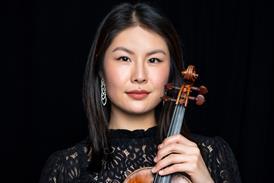
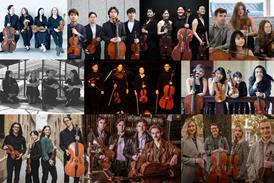
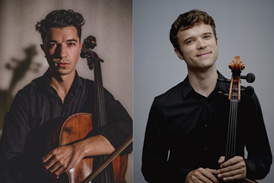

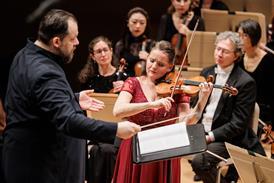
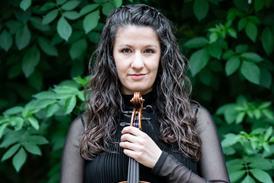
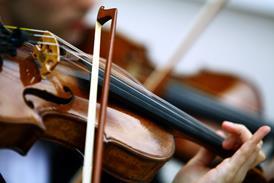




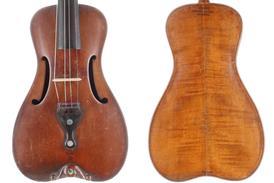
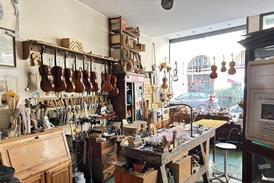




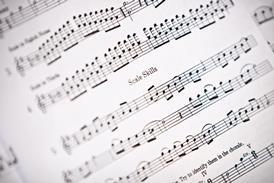


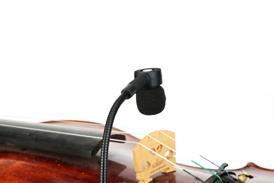


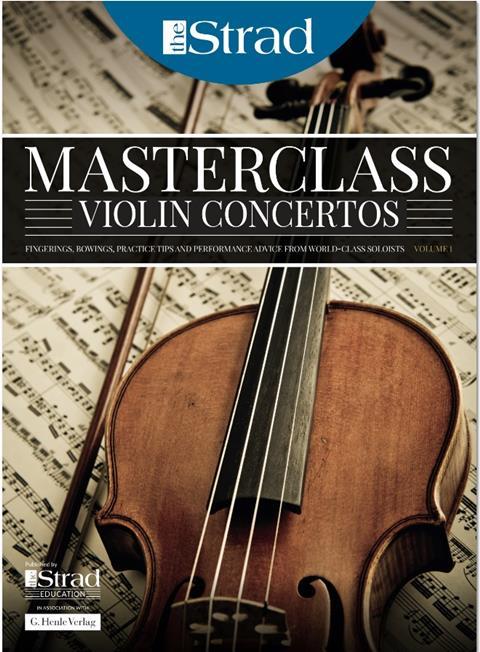
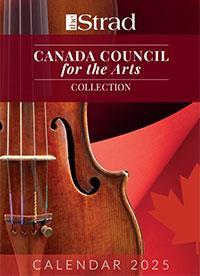












No comments yet